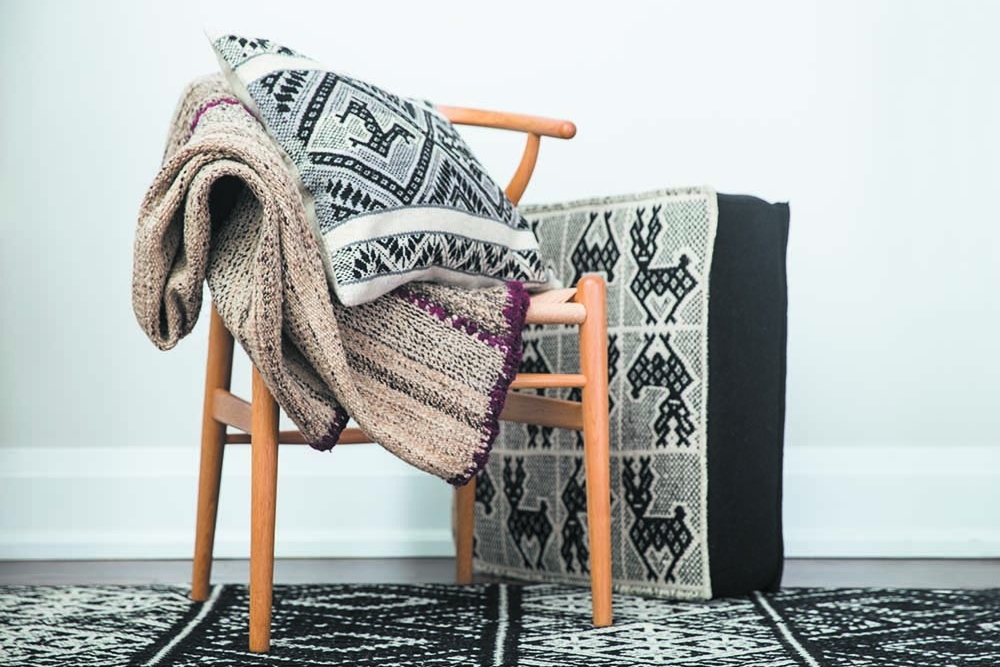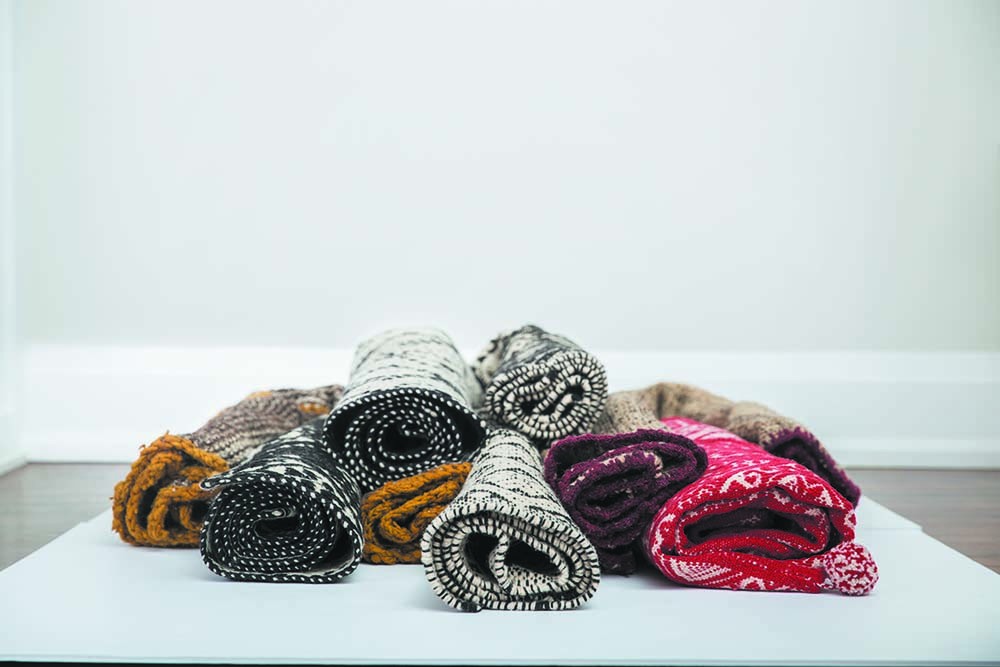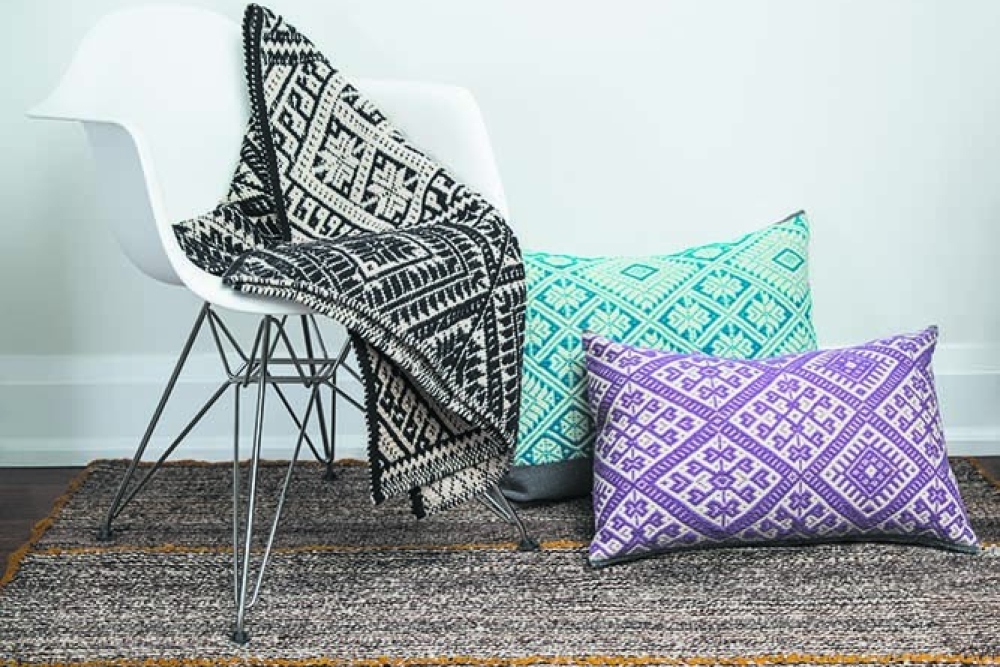Cusco Region
Spinning yarn and weaving cloth was a spiritual act in Inca society and Peruvian weaving is unsurpassed anywhere to this day. The finest weavers were brought to Cusco to weave for the royal court of the Inca. These women were then settled in weaving communities in the Sacred Valley where they worked with wool from llamas, alpaca and vicuna to weave the finest cloth in the world. These communities still exist and the descendants of those master weavers at the court of the Royal Inca are still weaving cloth that conquers the world. These skills have evolved over the five-thousand-year history of Peruvian civilization. This level of excellence is one of the humanity’s treasures. The Coya was the name of the Inca Queen. She was emblematic of the cultural values that emphasized the role of women in Inca civilization. The women who were court weavers were known as ‘chosen women’. Their present day descendants still say that to be a woman one must know how to spin yarn and weave cloth. The role of the Coya Inca was to be a living example of the greatness of women as manifested by their technical skill, knowledge of tradition, love of beauty and purity of life that bonds them to Pacha Mama, the world mother. This ideal has sustained Peruvian women throughout a turbulent history and these qualities are still strong in the weaving communities of Peru’s Sacred Valley. These are the very qualities they weave into cloth for themselves and their families.
Brand Inspiration
Through a blend of historical fact and supernatural legend, Incan mythology tells the story of Mama Huaco, the illustrious first Coya or queen of the Incan people, from whom sprang generations of Inca kings. Born of a union between the sun and moon, legend has it that this revered Coya brought to the Incas an art that would become synonymous with their empire: the art of weaving. Indeed, the Incan Empire revered textiles above all other commodities, even gold and silver; when the Spanish arrived in the early 16th century, it was prized textiles these visitors were greeted with, and not precious metals. The Empire’s finest female weavers were hand-picked and worked tirelessly from the capital Cusco to craft beautiful textiles. Dyed with prized plant and insect life, and woven with the utmost care, this fine cloth was crafted specifically for the Coya and her royal family. Today, the Incan weaving of old is carried on through the artisans of Cusco, passed down from mother to daughter over centuries. Although these artisans no longer work in service of the Coya, the practices perfected centuries ago by their ancestors ensure very little has changed. Through them, and now Coya Inca, the Empire of Cloth lives on.
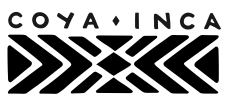
Click here to see the lookbook
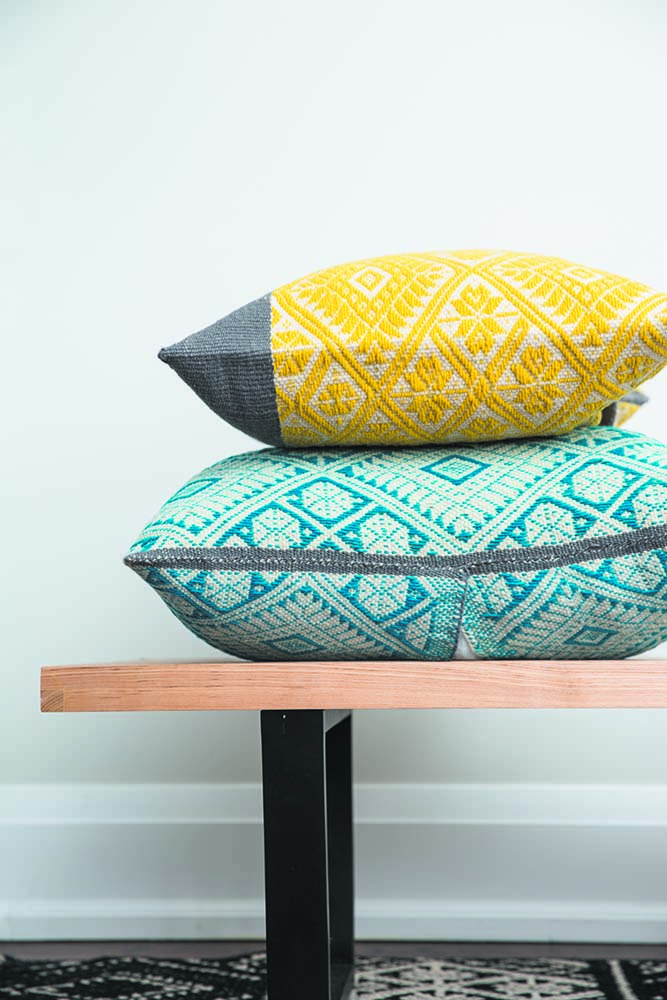
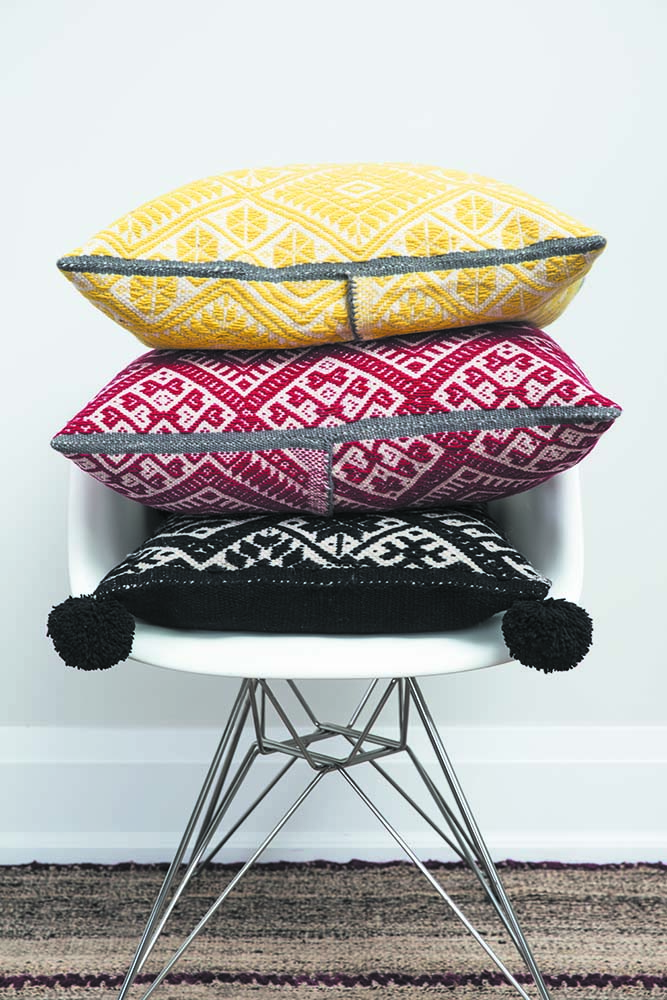
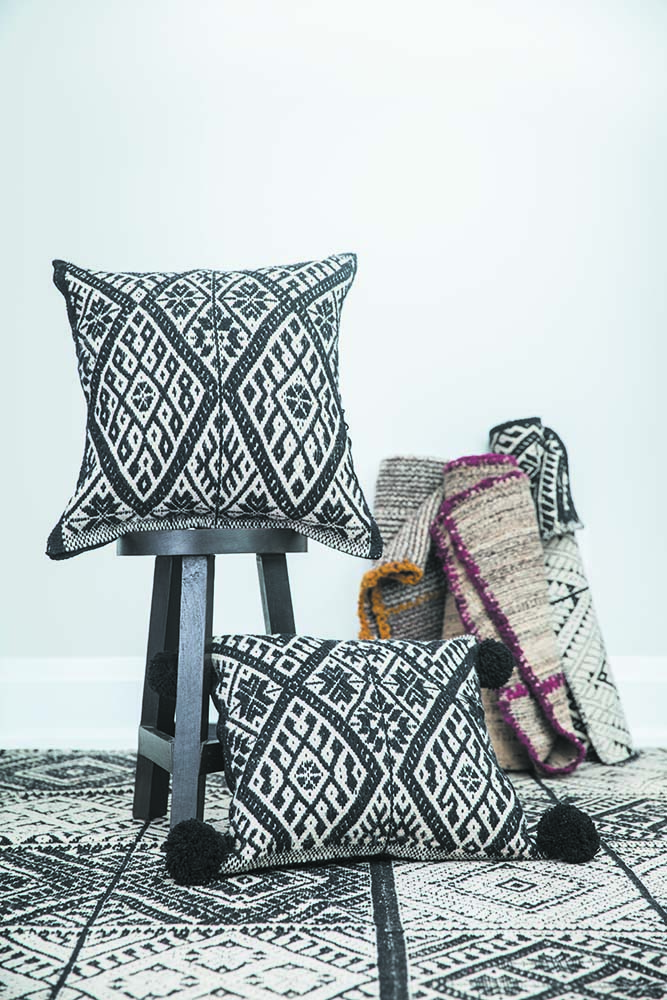
BRAND[TRADE] Opening Markets. Opening Minds.
